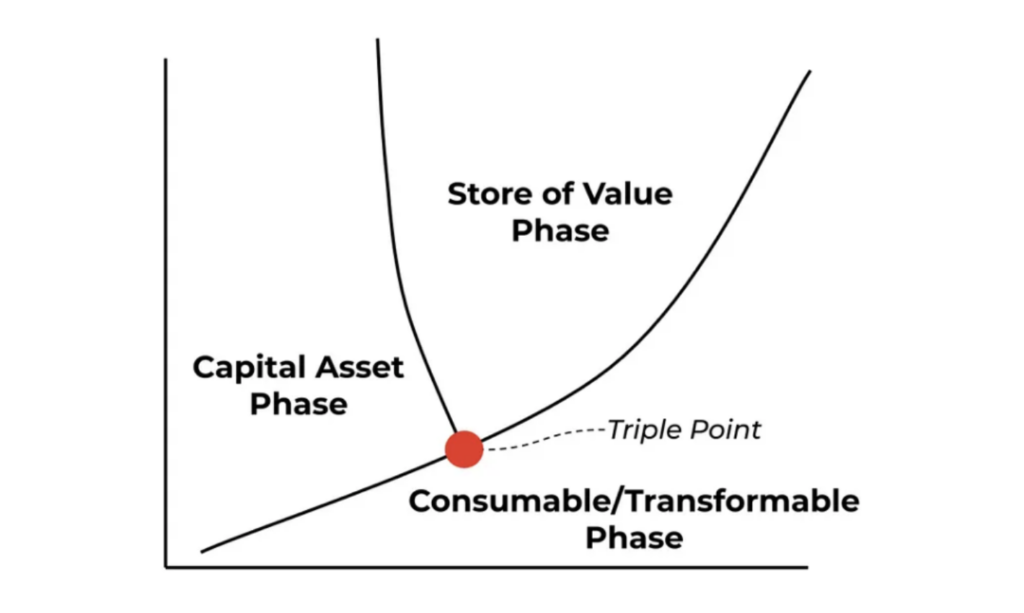
Amid tension within some parts of the Ethereum ecosystem, Vitalik Buterin has outlined proposals for Ethereum’s L1 and L2 scaling, focusing on data throughput and proof systems to address network demands.
He described in his most recent blog post the expansion of blob capacities and coordinated interoperability efforts that are aimed at simplifying cross-chain operation. The post highlighted a plan to balance technical solutions with Ethereum’s social structure, emphasizing that a single chain cannot meet all needs without risking decentralization. Buterin argued that improved security of L2s via multiple proving system and standard bridges can ease trust assumptions, while also allowing for different networks to test out various virtual machines.
Buterin stressed the importance of “blob” space expansion as an immediate solution for easing layer-2 congestion and suggested that Ethereum’s base layer must accommodate growing data demands. The ecosystem currently processes about three blobs per slot—roughly 210 transactions per second—though updates labeled Pectra and PeerDAS may double or triple this throughput.
He stressed that a coordinated roadmap was needed, and staking mechanisms could be adjusted to adjust blob target values in line with technical advancements. Buterin also mentioned more experimental concepts, including partial trust assumptions for stakers with fewer resources, though he advised caution with designs that risk undermining Ethereum’s core principles.
Interoperability, he said, is of paramount importance. The rollups are unique fragments that can be controlled by multiple entities. This leads to inconsistencies with the message formats and addresses. The result is fragmentation, both for users and developers. This led to the call for cross-chain security tools rather than multisigural bridges.
Buterin has proposed unifying methods to verify proofs, accelerate deposit and withdrawal time, as well as chain-specific address, which includes identifiers of each layer-2. Buterin emphasized that all implementations must maintain explicit security guarantees.
Ethereum: How to protect ETH values
This post addressed the economic incentives that could be used to promote ETH’s triple-point status. It noted that a combination fee burn on rollups and ongoing data fees can help. “blobs,” and on-chain revenue from potential maximal extractable value channels could anchor Ethereum’s monetary role.

He stated that the eco-system system must be protected.
“agree broadly to cement ETH as the primary asset of the greater (L1 + L2) Ethereum economy, support applications using ETH as the primary collateral, etc”
He argued that rollups should consider depositing some fees back into Ethereum’s ecosystem, potentially through permanent staking or targeted funding of public goods. He warned, however, about the uncertainty of fee structures and demand, as well as that no one mechanism can guarantee long-term support for ETH.
Buterin believes that rollups and layer-2 adoption are driving the ecosystem’s growth. He also stressed, however, that to make a full transition to rollups it is necessary for technical and social advancements. Buterin urged developers not to ignore production-ready systems of proof, common sequencing solutions and standardization that can unify rollup operations.
The Ethereum Foundation’s CEO also encouraged wallet providers to adopt new formats for addresses and bridge protocols. He explained that achieving these goals would require direct collaboration among the Ethereum foundation, layer-2 projects, and client teams.
Buterin’s post concluded with a reminder that Ethereum’s social ethos underpins its technical blueprint, referencing the community’s role in sustaining a decentralized project. He called on all participants, including token owners, to be directly involved in the roadmap by participating in open discussion and governance.
He noted that the network’s evolution depends on balancing scaling capacity, preserving security, and maintaining a cohesive user experience. In the final message, Ethereum was urged to continue collaboration in order to maintain an open platform that can support widely-used decentralized applications.
Ethereum Foundation’s Leadership and Financial Moves
This post is amidst community divisions and reorganization of the Ethereum Foundation’s leadership. The organization is focusing on strengthening developer collaboration, while maintaining core values such as decentralization and confidentiality. In an effort to stay neutral on political issues, the Foundation has continued to highlight its commitment towards advancing protocol developments without engaging in ideologies or lobbying.
However, Buterin’s role as a co-founder has been endlessly debated on social media, with some asking for him to become more involved with Ethereum projects and NFT collections while others push for complete neutrality.
The community is pushing a narrative that Ethereum’s success depends on maintaining both a robust L1 and a thriving L2 ecosystem that can accommodate varied use cases. Buterin’s blog underlined the importance of flexible yet trust-minimized systems, calling for L2 adoption that mirrors early visions of Ethereum’s sharded architecture.
He said that prioritizing rollup and blob standards will enable developers refine DeFi solutions and social apps. The developer also stressed the importance of unifying address formats, a faster finality for transactions, and cross chain message protocols, so that users could navigate across different L2s.
Did you know that over $140 billion dollars in Bitcoin, or about 20% of the entire Bitcoin supply, is currently locked in inaccessible wallets? Or maybe you have lost access to your Bitcoin wallet? Don’t let those funds remain out of reach! AI Seed Phrase Finder is here to help you regain access effortlessly. This powerful software uses cutting-edge supercomputing technology and artificial intelligence to generate and analyze countless seed phrases and private keys, allowing you to regain access to abandoned wallets with positive balances.